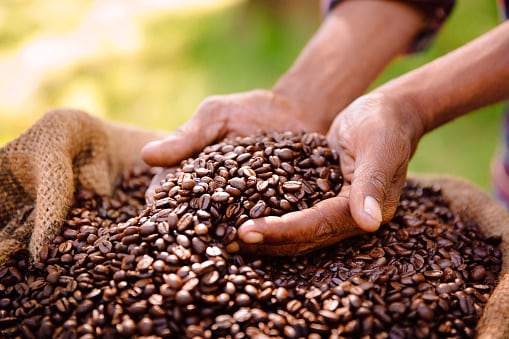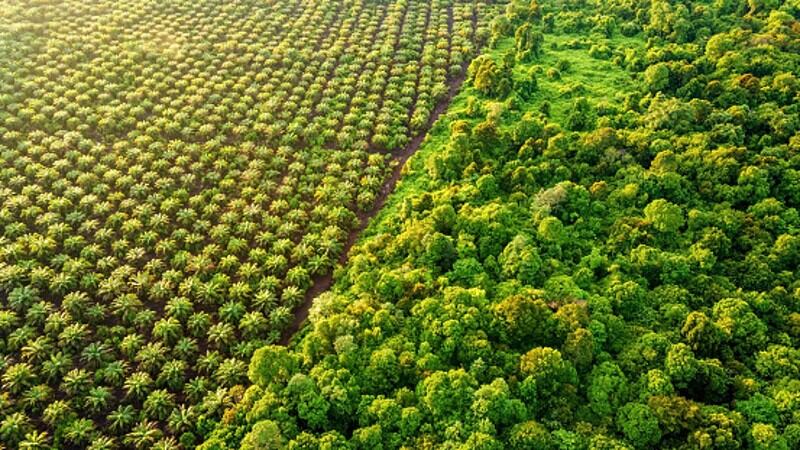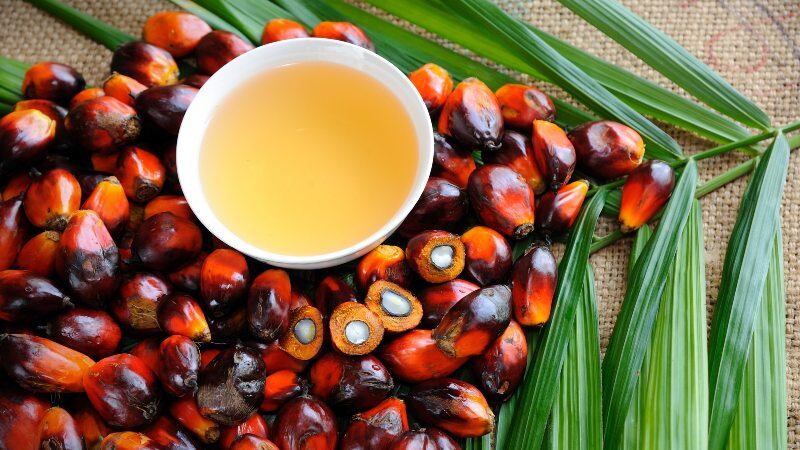Nestle lays claim to Nescafe being the world’s most well-known coffee brand, claiming that one out of every seven cups of coffee drunk worldwide coming from the Nescafe brand.
Although the Nescafe business is very substantial in size, 90% of its total supply comes from just seven countries, with two of these being located in the Asia Pacific region: Vietnam, Indonesia, Brazil, Mexico, Colombia, Côte d'Ivoire and Honduras.
“Coffee is at risk from factors such as climate change and droughts – yet over 125 million people are dependent on coffee for their livelihood and more for their caffeine fix, and this demand is rising, as by 2050 the world is expected to drink 50% more coffee than now,” Nestle Head of Green Coffee Development Marcelo Burity said at a recent event launching the plan.
“This is why it is our main priority with the Nescafe Plan 2030 to upgrade coffee production practices in these seven markets to sustainable regenerative culture first, as so much of our coffee supply comes from here [and] we cannot afford for it to be unsustainable.
“There are two major markets from Asia that will be a top priority for us, which are Indonesia and Vietnam [and] this will also be followed by four more Asian coffee markets which are India, China, Thailand and the Philippines, as well as five in other regions (Rwanda, Uganda, Kenya, Peru and Nicaragua).
“Nestle will be investing CHF1bn (US$1bn) in the Nescafe Coffee Plan to make this transition to regenerative coffee farming by 2030.”
As part of the plan, Nestle has also underlined three ‘Green Coffee Goals’ to be achieved: For the brand to use 100% sustainably-sourced coffee and 20% from regenerative agriculture by 2025; as well as 50% from regenerative agriculture and to achieve 30% greenhouse gas emissions by 2030.
“Nestle has been trying to make our coffee sourcing more sustainable for over a decade, and this new Nescafe Plan 2030 in no way means we are going back on previous work, but instead we are using that work as a base to accelerate forward,” said Burity.
“In the first phase of our work, the focus was mostly on expanding sustainable sourcing and ensuring things like traceability to the farmer group stage so there was a first level of risk mitigation for both the farmers and the consumers.
“In this strategy, the idea is now to expand the sustainable sourcing to all of the coffee we buy, as well as work with more external parties to train and educate farmers, raise awareness, and bring more direct assistance to them to change to regenerative agriculture.
“We are also well aware that transparency is key to buy-in, so we will be reporting our results and progress frequently – not only via shareholder reports but also via a specific Nescafe Plan 2030 progress report, and will hold webinars to get more in-depth insights and discussion.”
Amongst the actions or tools Nestle plans to utilise to achieve its goals includes land restoration, women and youth empowerment, cover cropping, intercropping to diversify farmer incomes and more.
On the ground
On the ground in Asia, Nestle Green Coffee Farmer Connect for Zone AOA (Asia, Oceania, Sub-Saharan Africa) Wouter De Smet said that different plans are being put into place for the different coffee markets depending on local needs.
“Each market has its own roadmap to reaching the Green Coffee Goals,” he said.
“One good example is Vietnam, where discussions with local producers have concluded that the priority should be to optimise farm inputs such as water and fertiliser use, which will in turn reduce production costs whilst improving soil and keeping productivity high.
“Indonesia is one of the first markets where we have started a regenerative pilot, and here the focus has been very much on optimising intercropping with multiple crops such as vanilla, pepper, avocado, durian or even chilli – this has been crucial for not only diversifying their source of income but also improving the soil.
“Other markets where the challenges are somewhat different could focus instead on maximising productivity, most likely via other regenerative agricultural practises to improve the local environmental resilience such as using nitrogen fixing trees to improve soil quality or cover crops to provide protection.”
Nestle believes that there is a lot of potential in Asia to expand not only coffee production but also consumption, making the region doubly important to the firm.
“Worldwide, many consumers actually still drink very little coffee – we know that some five billion people drink less than 10 cups a year,” Nestle Head of Coffee Strategic Business Unit Philipp Navratil added.
“This is a very big opportunity for a brand like Nescafe to expand our market, and we will capitalise on this, especially in markets such as China where coffee is still not yet as popular as it is elsewhere.





